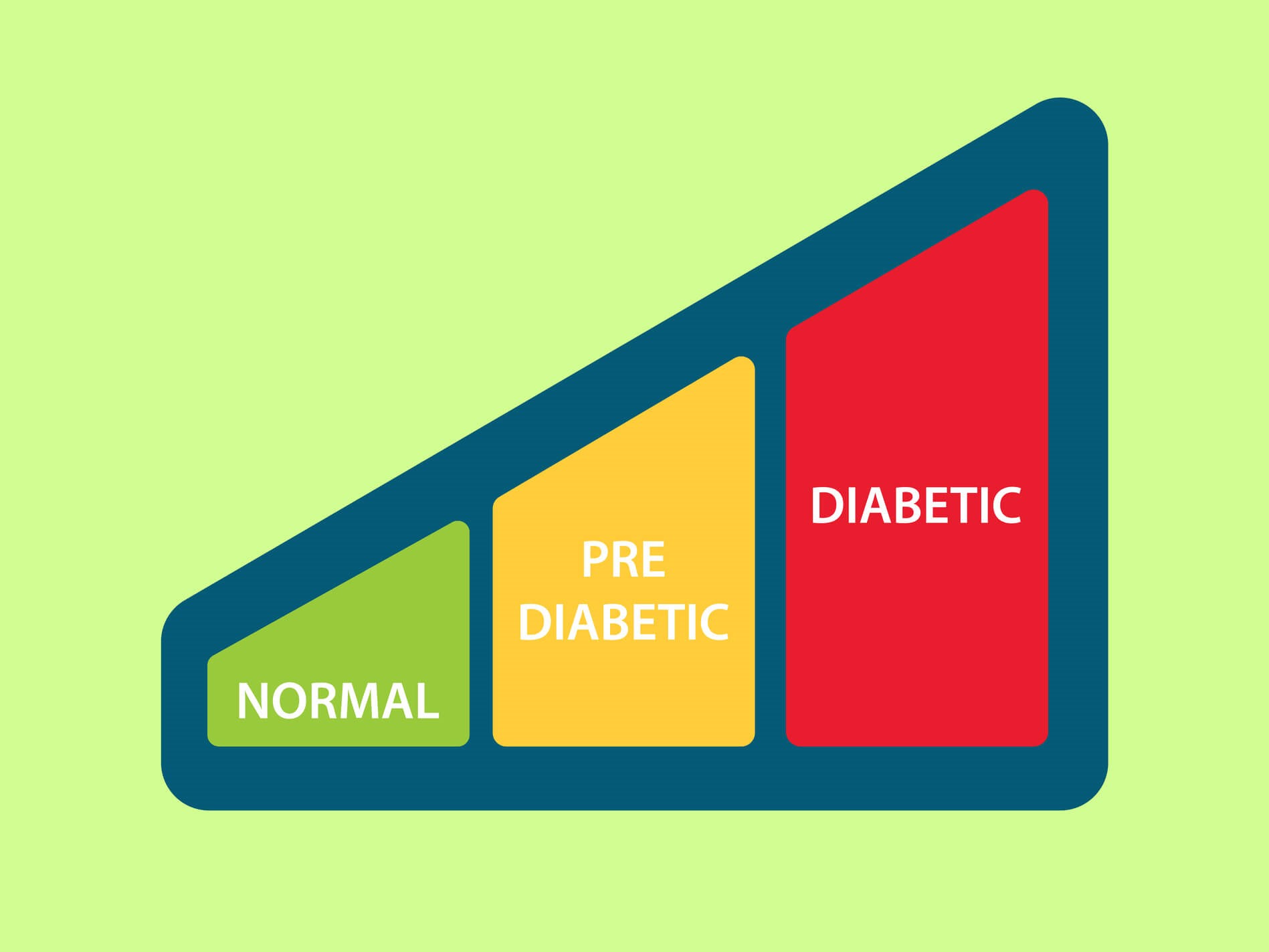Demystifying detox: The science behind it, and how it will work for you
2021 is finally here! Among many things 2020 has taught us, being grateful and enjoying life with basic necessities precedes all. However, being home in quarantine has resulted in fewer physical activities, high stress levels, weight fluctuations, and mental exhaustion. So, if kicking off the new year with hopes for a healthier you is in the cards, detox is for you.




